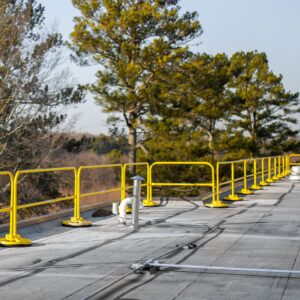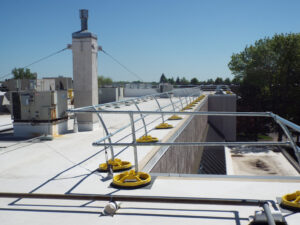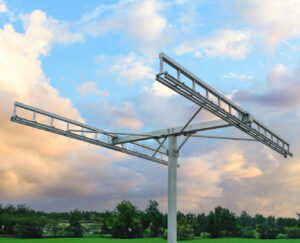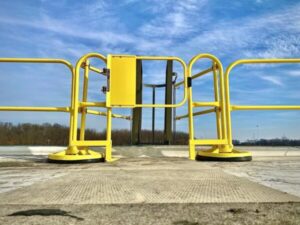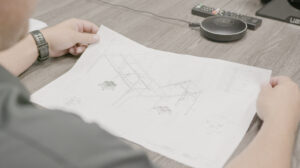Non Penetrating Roof Railing: Safety Simplified
Introduction to Non Penetrating Roof Railing
In the demanding day-to-day of an EHS manager, balancing safety and compliance is crucial. One of the keys to achieving this balance, particularly in environments with commercial flat roofs, is the consideration of non penetrating safety rail systems. These systems provide an effective solution for fall prevention—one of the leading causes of workplace injuries—while simultaneously preserving the integrity of your roof. In this article, we’re going to look further into why these railings are an essential part of your comprehensive safety strategy:
- What are non penetrating guardrail systems and what are they made of
- Details around how non penetrating roof railings are installed
- OSHA compliance and roof warranties for non penetrating rails
- Non penetrating roof railing SRC product info
- Questions around non penetrating roof railing
What is a Non Penetrating Guardrail System?
A non penetrating roof railing, a safety innovation that emerged in the early 1990s, is a type of safety railing system designed to provide fall protection on rooftops without breaching the roof’s surface. The system relies on weighted bases, or “counterbalance” mechanisms, to hold the rails in place, negating the need for drilling or other potentially damaging installation methods. This approach preserves the integrity and lifespan of the roof while providing a robust safety barrier to protect individuals working at height. Non penetrating flat roof safety railings are particularly useful for commercial roofs, where traditional fixed railings may not be feasible or desirable due to installation concerns or aesthetic considerations. These systems are adaptable, portable, and are designed to meet or exceed regulatory safety standards, offering a versatile and efficient solution to enhance workplace safety.
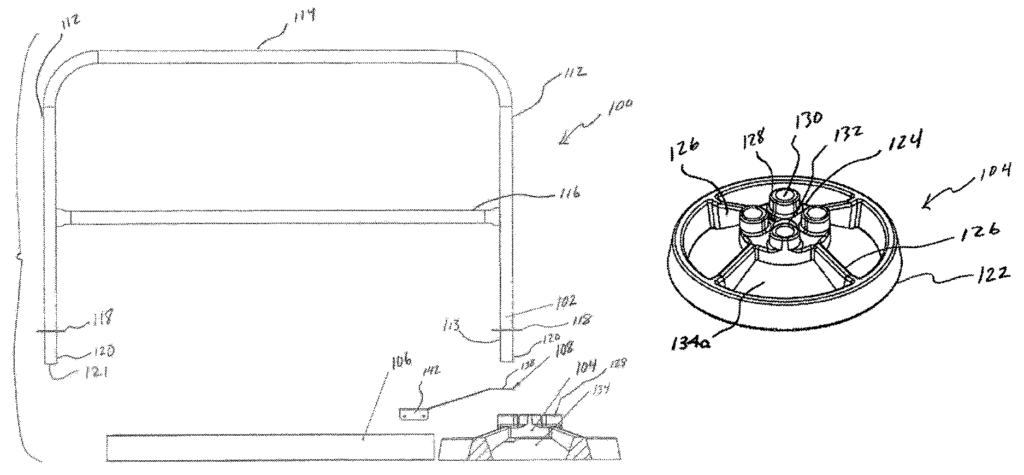
What are Non Penetrating Roof Railings Made of?
Ballasted guardrail are commonly made from robust materials like steel or aluminum, both recognized for their strength, durability, and resistance to environmental conditions. Steel components often undergo a “hot-dip galvanizing” process, where the steel is coated with a protective layer of zinc to provide superior corrosion resistance and ensure the longevity of the railing system.
Moreover, these railings often feature a powder coating, a type of dry, free-flowing coating that creates a hard finish tougher than conventional paint. This coating helps protect the railings against scratches, chipping, abrasions, and wear, making powder-coated railings particularly resilient and low maintenance. Capable of withstanding various weather conditions, they maintain their visual appeal over time. The most popular color choice for powder coating in safety applications is safety yellow, a highly visible hue that effectively signals caution. However, to meet varying aesthetic and branding needs, Safety Rail Company offers powder coating in a range of colors, ensuring that safety doesn’t compromise the overall look of a building.
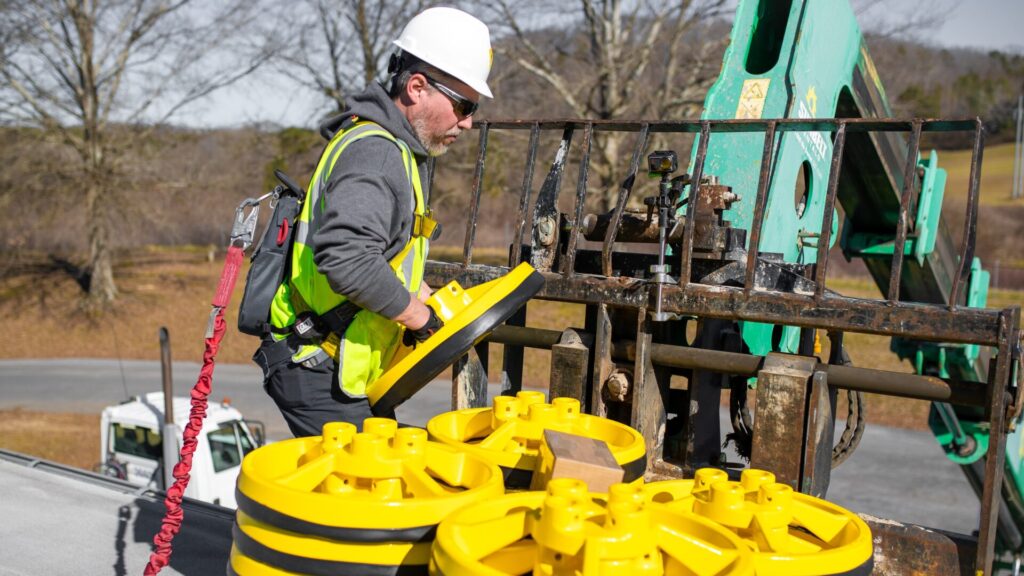
The base components, providing the counterbalance needed for the free standing guardrail system design, are typically made from heavy-duty cast iron, ensuring a firm and stable footing. The materials and processes used in the construction of ballasted guardrail systems are designed to blend function and form, offering a safety railing system that meets stringent safety standards while being visually appealing, durable, and versatile.
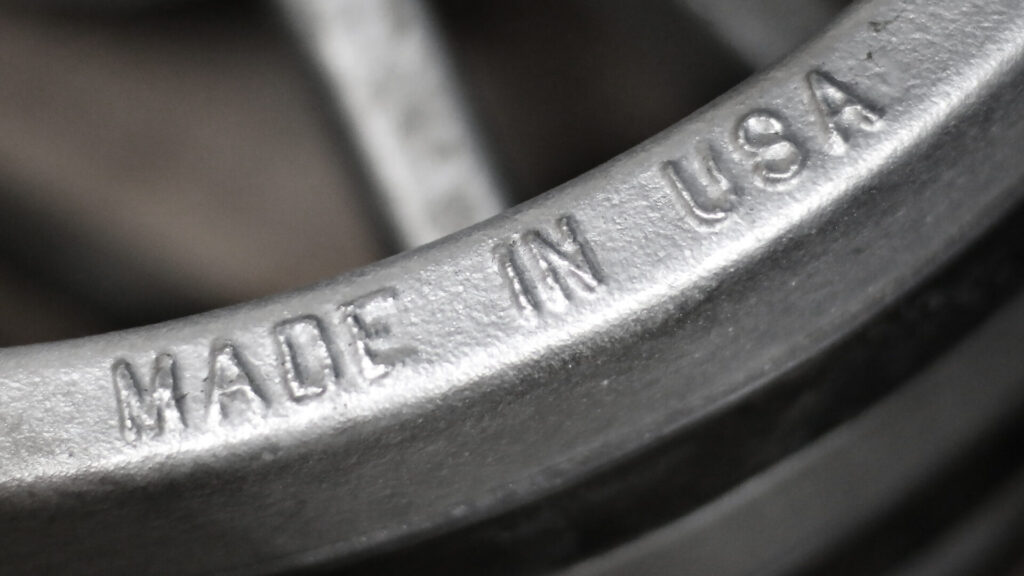
How are Non Penetrating Guardrail Systems Installed?
Installing non penetrating roof guardrails from Safety Rail Company is an efficient and straightforward process. The cast iron bases are strategically positioned on the roof following a carefully prepared safety plan layout. These bases, designed to distribute weight evenly, minimize any impact on the roof while ensuring stability for the railing system.
Each railing section utilizes single piece construction, incorporating the uprights, top rail, and midrail, streamlining the installation process. These sections are inserted into the bases and secured with a locking pin, creating a complete, sturdy fall protection barrier around the designated fall hazards.
Safety Rail Company also offers installation services, providing expertise and peace of mind for businesses seeking professional assistance. The installation process is quick and efficient, with a significant amount of linear feet being achievable in a relatively short period of time. The pace of installation may vary depending on factors such as layout complexity.
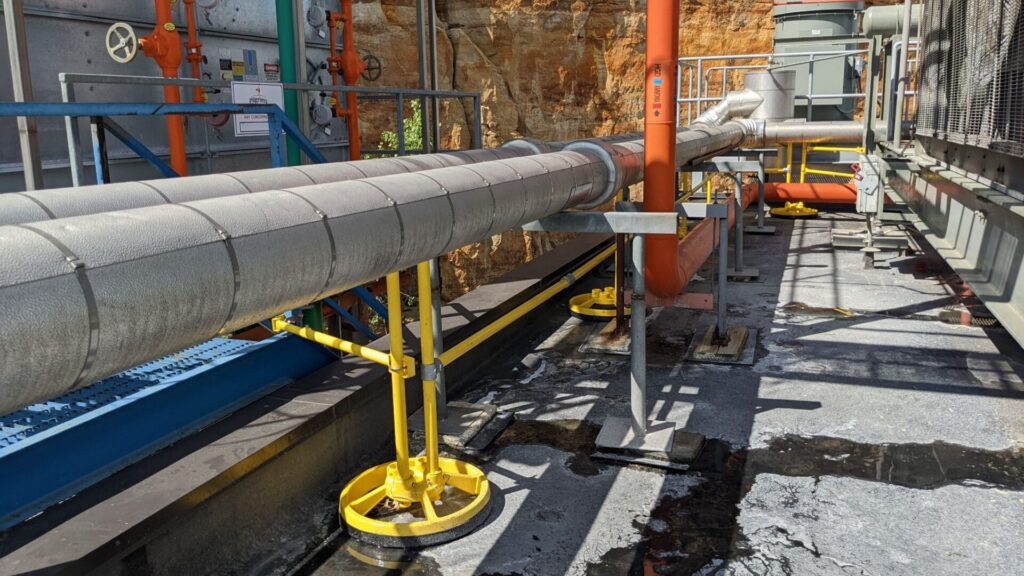
These highly flexible railing systems are designed to be adjustable, allowing for reconfiguration or relocation as needed. With a focus on high-quality materials and customer satisfaction, Safety Rail Company ensures practicality, durability, and value for their customers.
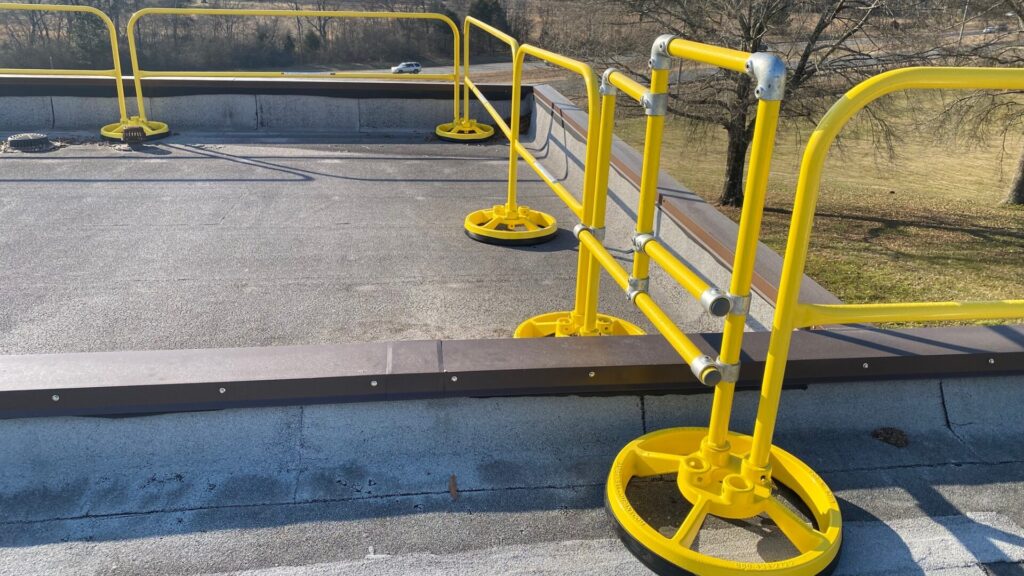
What Types of Roofing Surfaces can Non Penetrating Rails be Installed on?
Free standing railing systems are a versatile solution designed for a variety of roofing surfaces, but they are particularly effective on flat and low-slope roofs. The different types of flat roof material on which ballasted roof guardrail can be installed include single-ply membranes like TPO, PVC, and EPDM; built-up roofs (BUR); modified bitumen; spray polyurethane foam (SPF); and even metal surfaces. The bases of these rail systems are outfitted with protective pads to prevent damage to the roofing material. For roofs with a stone or rock ballast, the installation crew can easily shift the rocks around to accommodate the rail system, ensuring a secure and damage-free installation. By not penetrating the roof surface, these fall protection rails maintain the roof’s integrity, preventing potential leak points and thereby extending the roof’s lifespan.
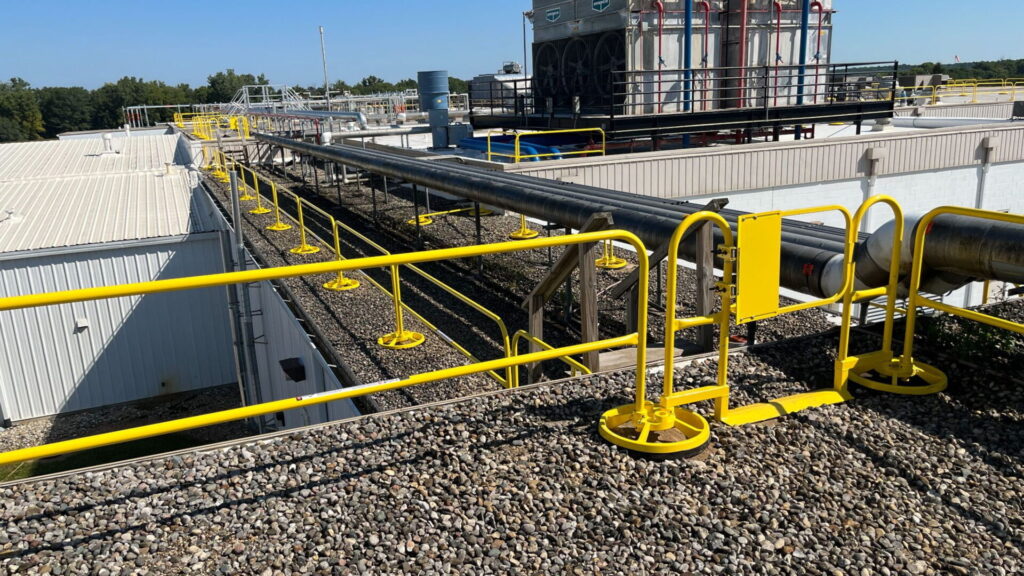
Are Non Penetrating Roof Guardrails Adaptable?
Overwhelmingly yes – the modular guardrail design of of this rooftop guardrail system is highly adaptable! One of the major benefits of these flat roof railing systems is their flexibility to serve either as temporary or permanent installations. They can be swiftly relocated on a roof using a base mover dolly, making them ideal for accommodating evolving needs on worksites and hazards. Each base features four ports that hold rails, providing the ability to construct a versatile array of configurations depending on the unique requirements of each roof. Moreover, the adaptability extends to the integration with other free standing roof edge protection systems. Non penetrating roof railings can seamlessly interface with a variety of safety products such as warning line systems, crossover platforms and ladders. This interoperability ensures a comprehensive, site-wide safety solution that can be tailored to the specific layout and challenges of each roofing safety project.
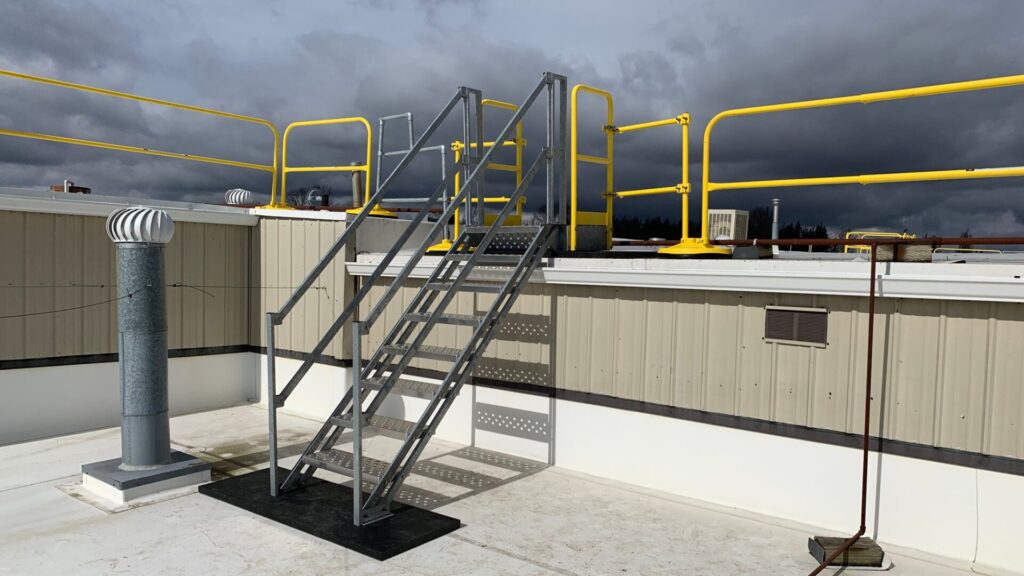
Are Non Penetrating Railings OSHA Compliant?
Yes. Non penetrating roof railings are designed to be fully compliant with Occupational Safety and Health Administration (OSHA) standards. These railings adhere to the regulations set forth both in the OSHA standards for the general industry (29 CFR 1910) and for the construction industry (29 CFR 1926). These standards mandate specific requirements for fall protection systems, including non penetrating roof railings, to ensure the safety and well-being of workers. Safety Rail Company railings are designed and engineered to meet the height and strength criteria specified by OSHA, providing the required fall protection for workers operating on flat and low-slope roofs. By adhering to these standards, non penetrating roof railings offer a reliable and trustworthy safety solution for various industries, from general maintenance tasks to construction projects.
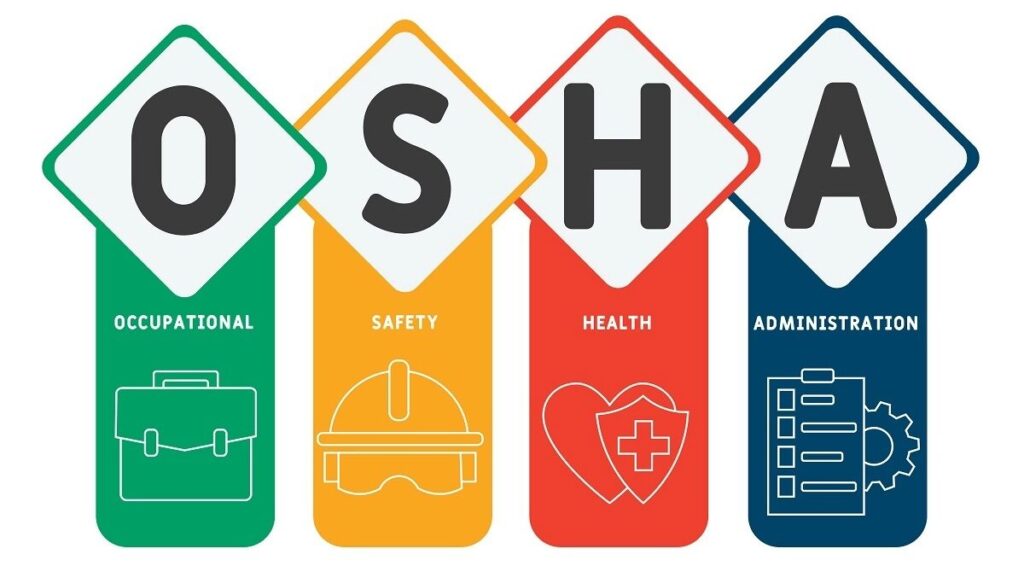
Do Non Penetrating Roof Fall Protection Railings Void Roof Warranties?
An essential advantage of non penetrating roof railings is that they do not void roof warranties. As these systems do not require any drilling or penetration of the roof membrane, they maintain the roof’s integrity, thereby preserving any existing warranties. Commercial roofs can be a significant investment, with costs ranging from tens of thousands to millions of dollars, depending on the size and type of the roof. The lifespan of these roofs varies depending on the material used. For instance, single-ply membranes like TPO, PVC, and EPDM can last anywhere from 15 to 30 years; built-up roofs (BUR) can last 15-30 years; modified bitumen roofs have a life expectancy of 10-20 years; and spray polyurethane foam (SPF) can last over 30 years with proper maintenance. By using non penetrating roof railings, companies can ensure the longevity of their roofing investment while maintaining critical safety standards.
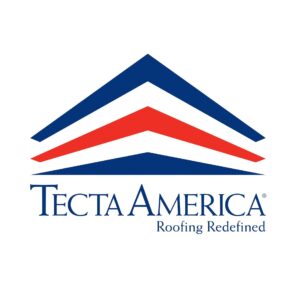
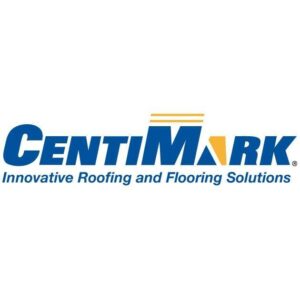
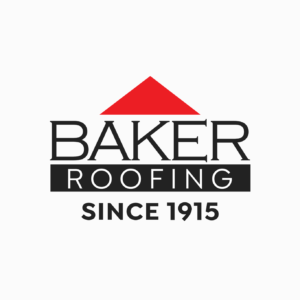
SRC Portable Guardrail System Product Info
Trust Safety Rail Company for your rooftop safety railing and fall protection needs, where exceptional quality meets unparalleled versatility. Invest in our portable guard rails, and ensure a safe, compliant, and adaptable working environment, backed by a brand committed to delivering the best in the industry.
Non Penetrating Roof Railing FAQs
Can non penetrating guardrail systems withstand high wind conditions?
Non penetrating roof railings are engineered to resist wind loads, but specific wind conditions should be evaluated on a project-by-project basis to ensure adequate safety. Reach out to our experts for help.
What is the weight of a non penetrating rooftop railing system?
The weight can vary based on the system design and the type of materials used. Safety Rail Company bases weight ~ 104 pounds.
Can non penetrating temporary roof guardrails be used on residential properties?
Yes, non penetrating temporary safety railing can be used on both commercial and residential properties, providing they meet the requirements of local building codes and regulations.
Do non penetrating roof railings require regular maintenance?
While non penetrating railings are designed for durability, regular inspections and maintenance are recommended to ensure ongoing safety and performance. Learn more about our SRC Inspection Program.
Can non penetrating weighted guardrail systems be used around roof access points?
Yes, these weighted roof railings can be installed around roof access points like hatches and ladders to provide safe access and egress.
Can non penetrating guardrails systems be customized for unique roof configurations?
Yes, many non penetrating railing systems offer flexibility for custom configurations to accommodate unique roof layouts. Our SRC Site Safe process includes custom modeling to simplify complexities.
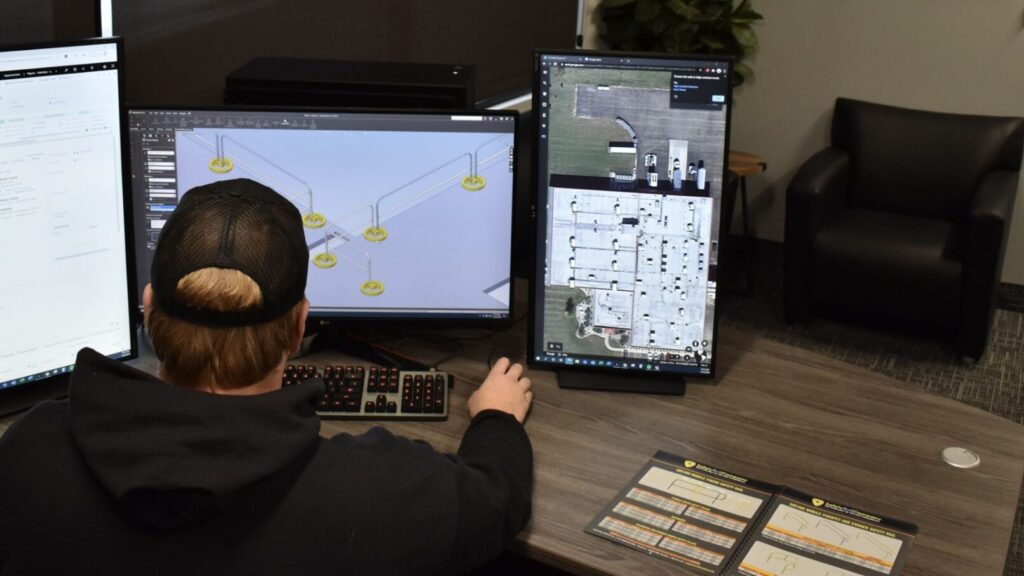
Let’s Review
Navigating the complexities of workplace safety is a challenging but essential aspect of any EHS manager’s role, particularly when dealing with the risks associated with commercial flat roofs. Non penetrating roof railings offer a holistic solution to these challenges, providing comprehensive fall protection without compromising the integrity of the roofing surface. With their adaptability, OSHA compliance and potential to preserve the longevity of your roof warranty, these systems clearly demonstrate their superiority over their penetrating counterparts. Whether you’re handling a nationwide commercial rollout or addressing safety concerns for a smaller project, trust Safety Rail Company for top-tier, non penetrating roof railing systems that simplify safety. If you have any questions please reach out to our fall protection experts, we’d be happy to help.
Thank you for reading and stay safe!

